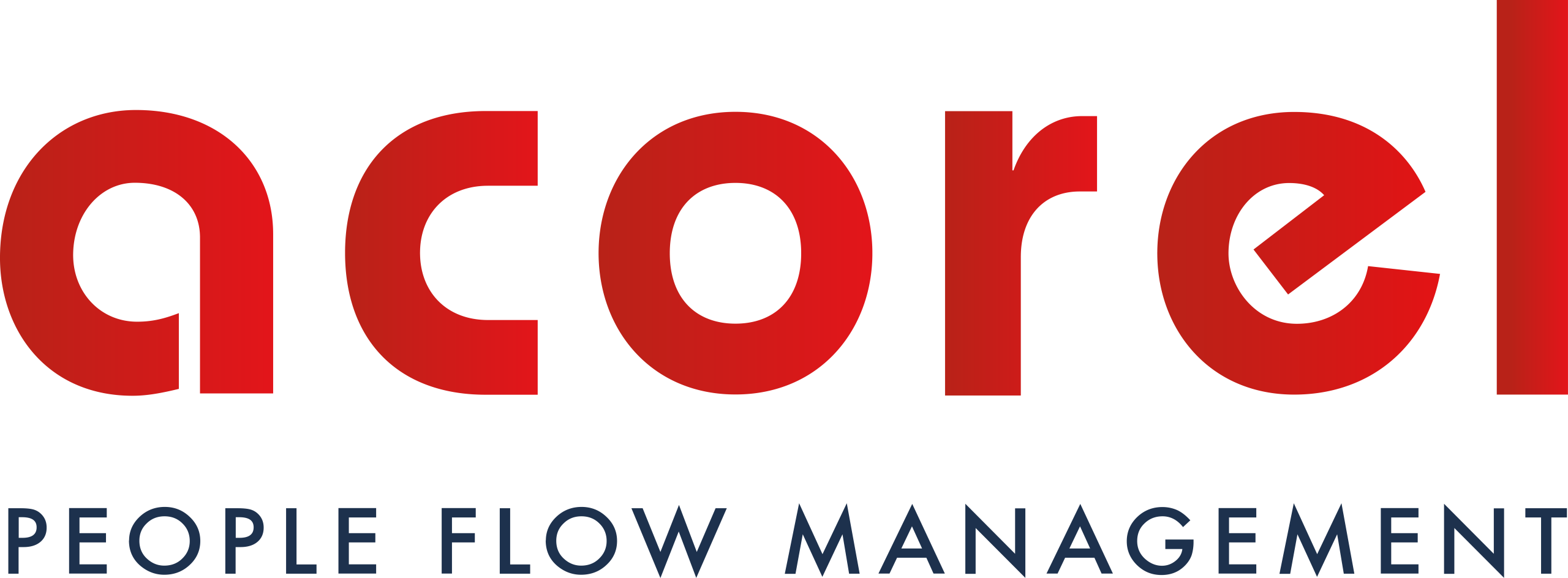Digitalization has revolutionized how public transportation services communicate with their users. Real-time communication is now not only an expectation of passengers but also an essential tool for transport operators to effectively manage passenger flows.
The benefits of opting for real-time communication in public transport
😃 Enhancement of user experience
Real-time communication enables passengers to instantly receive information about schedules, delays, cancellations, or service changes. This transparency helps reduce travelers’ anxiety, especially in unforeseen circumstances, and allows them to plan their journeys more efficiently.
🏃 Optimized passenger flow management
Real-time information can assist operators in quickly adjusting their services in response to various situations, such as extreme weather conditions, unexpected events, or demand peaks. By monitoring and analyzing passenger flows, operators can optimize resource allocation and reduce congestion.
💰 Cost reduction and efficiency improvement
Real-time communication allows for better resource management, which can lead to significant cost reduction. For example, adjusting service frequency based on actual demand can lower operating costs and increase efficiency.
⏱ Reduced waiting times
Real-time communication helps reduce passenger waiting times. By being informed about live schedules, users can adjust their travel plans accordingly, thereby avoiding long waiting periods at bus stops or metro stations.

🛡️ Enhanced safety and responsiveness
In emergency situations or major disruptions, fast and accurate communication is essential to ensure passenger safety. Real-time information enables better responsiveness from management teams and ensures that passengers are guided safely and efficiently.
🤝🏻 Building user trust
Transparent and consistent communication strengthens passenger trust in the public transportation system. By demonstrating a commitment to reliability and accountability, transport operators can increase user satisfaction and loyalty.
🛰️ Integration with modern technologies
Integrating real-time communication with mobile applications and personal navigation systems offers unprecedented opportunities to personalize the transport experience. Passengers can receive personalized updates and travel advice based on their location and preferences.
🎯 Challenges and considerations
While beneficial, the implementation of effective real-time communication is not without challenges. It requires significant investments in technology and staff training, as well as constant attention to privacy protection and data security.
For more information, click here
